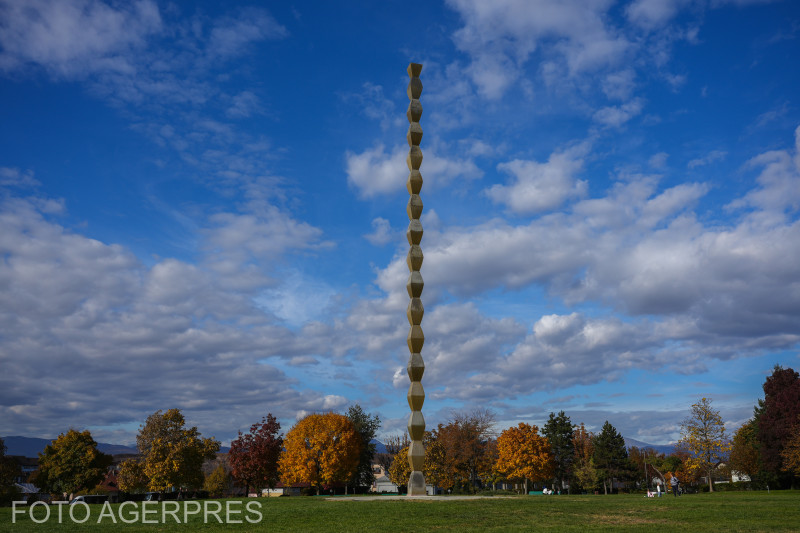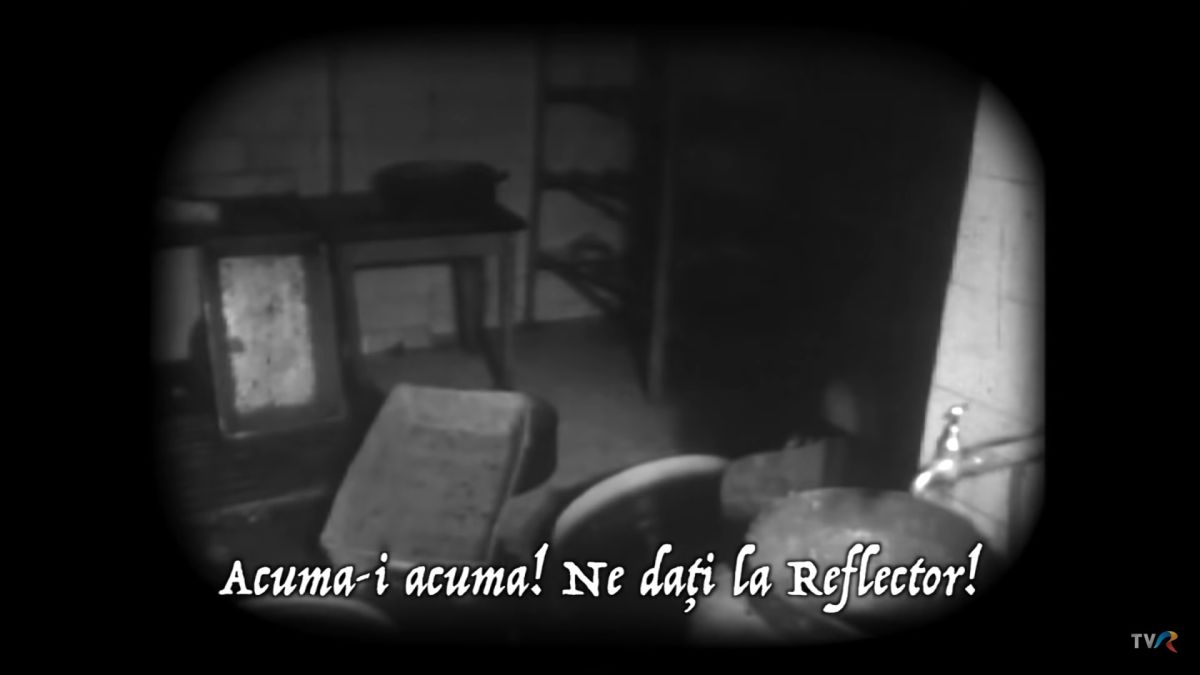Bucharest’s historical monuments
Bucharest, as any modern city, has been constantly changing since the first half of the 19th century.

Steliu Lambru, 17.07.2017, 11:30
Around the early years of that century, Bucharest was a Middle Eastern looking city, without monuments. Western travellers saw it as lacking in modern culture and quality of life. As of the 19th century, each generation started the tradition of immortalizing in monuments its best moments and people.
Museum expert Petre Buiumaci, with the Bucharest Municipal Museum, told us about the evolution of monuments, including those that no longer stand:
“In Piata Vorniciei, where the Museum of Art Collections stands today on Victory Boulevard, a statue representing free Romania stood, a statue designed by Constantin Daniel Rosenthal, described in a daily of the time as a Pheme with a robe and wearing a laurel wreath over flowing locks of hair, still wearing on its wrists the shackles that bound it that far. In one hand it bears a crosier, and in the other it holds a scales, symbol of faith and justice. One foot crushes enemies, represented by a snake. This first statue of Bucharest did not last even five days, because Kaimakam Emanoil Baleanu, for fear of a Russian-Turkish intervention, declared the restoration of the Organic Regulations and ordered it destroyed. In that particular daily, C.A. Rosetti describes that action as such: ‘The statue representing Romania Saved, with the symbol of justice and Christianity, the scales and the cross, was demolished by order of Emanoil Baleanu, whose act of vandalism was accompanied by words so crass and worldly that our pen would not mar paper with. Similarly was demolished the plinth, throwing to the wind all regard to private property.’ Therefore this monument had an ephemeral existence, though it was meant to last for ages.
Today’s Victory Boulevard, or Mogosoaia Bridge, as it was known back then, was for a long time the place where people placed public monuments in Bucharest. Here is Cezar Buiumaci once again:
“Right upfront the newly erected Athenaeum we can find the Eagle Column by sculptor Storck, moved here by Mayor Pache Protopopescu in a square on the new boulevard, where it was not to stay for much longer, because in 1903 they unveiled the statue of Rosetti. In the front of the Athenaeum for a brief time they put Alfred Boucher’s ‘Runners’, which was replaced by a statue of the national poet Eminescu. They got shifted to Victory Boulevard. The Eagle Column went to Queen Marie Plaza, where it stayed until 1977, when it was lost. The Athenaeum Garden had monuments on the right and the left, which got moved to Cismigiu. It is about that time that Ienachita Vacarescu’s statue got lost.
Museum expert Cezar Petre Buiumaci described the changes underwent by the Victory Road, especially the place that used to be known as Piata Tricolor (Flag Square):
On Victory Road, on the site of the old Sarindar Monastery, when Emperor Franz Joseph visited the place in 1896, they built the so-called Fountain of Peace, a beautiful fountain that unfortunately did not last. Shortly after that, the Military Club was built on that location, and Onofrei proposed a monument to Nicolae Filipescu to be built. Then the municipality wanted to build a monument reminiscent to the Sarindar Fountain, and they built another fountain, which can be still seen there, in the so-called Tricolor Plaza.
The Triumphal Arch of Bucharest also has a history of transformations, according to Cezar Buiumaci:
“A Triumphal Gate was proposed for the coronation of King Ferdinand and Queen Marie. Architect Petre Antonescu wanted to build it in less than a year. The arch, as it stands, is built on a concrete frame, but the ornamentation is made of plaster. Antonescu used several famous sculptors for the decorations. The soldiers depicted there were five and a half meters tall, there are eight of them, four on each leg of the arch. Storck made the Romanian soldier, Spathe made the Dacian soldier, Medrea made Mircea the Old’s soldier, Stephen the Great’s soldier was made by Paciurea, Michael the Brave’s soldier was made by Alexandru Severin, Tudor Vladimirescu’s pandur (soldier) was made by Jalea, the Independence War soldier was made by Ion Iordanescu, the soldier from the Great War was made by Dumitru Mataoanu. Alexandru Calinescu created the effigies of King Ferdinand and Queen Marie over the arch, the only elements of the arch today that remain, which are now decaying, because state institutions are passing the buck on them, from the Ministry of Culture to City Hall, from the Commission of Historical Monuments to the Ministry of Public Works, from the Ministry of Agriculture to the Ministry of Defence. Even though money had been earmarked for its restoration, it was getting dilapidated, and thanks to King Carol II we have a new Triumphal Arch, inaugurated in 1936.






























